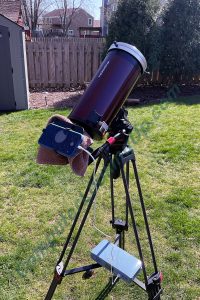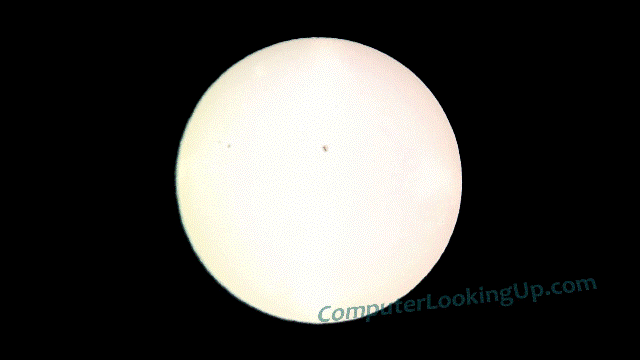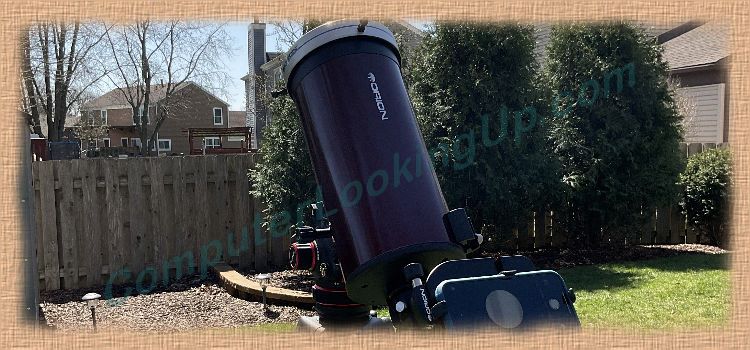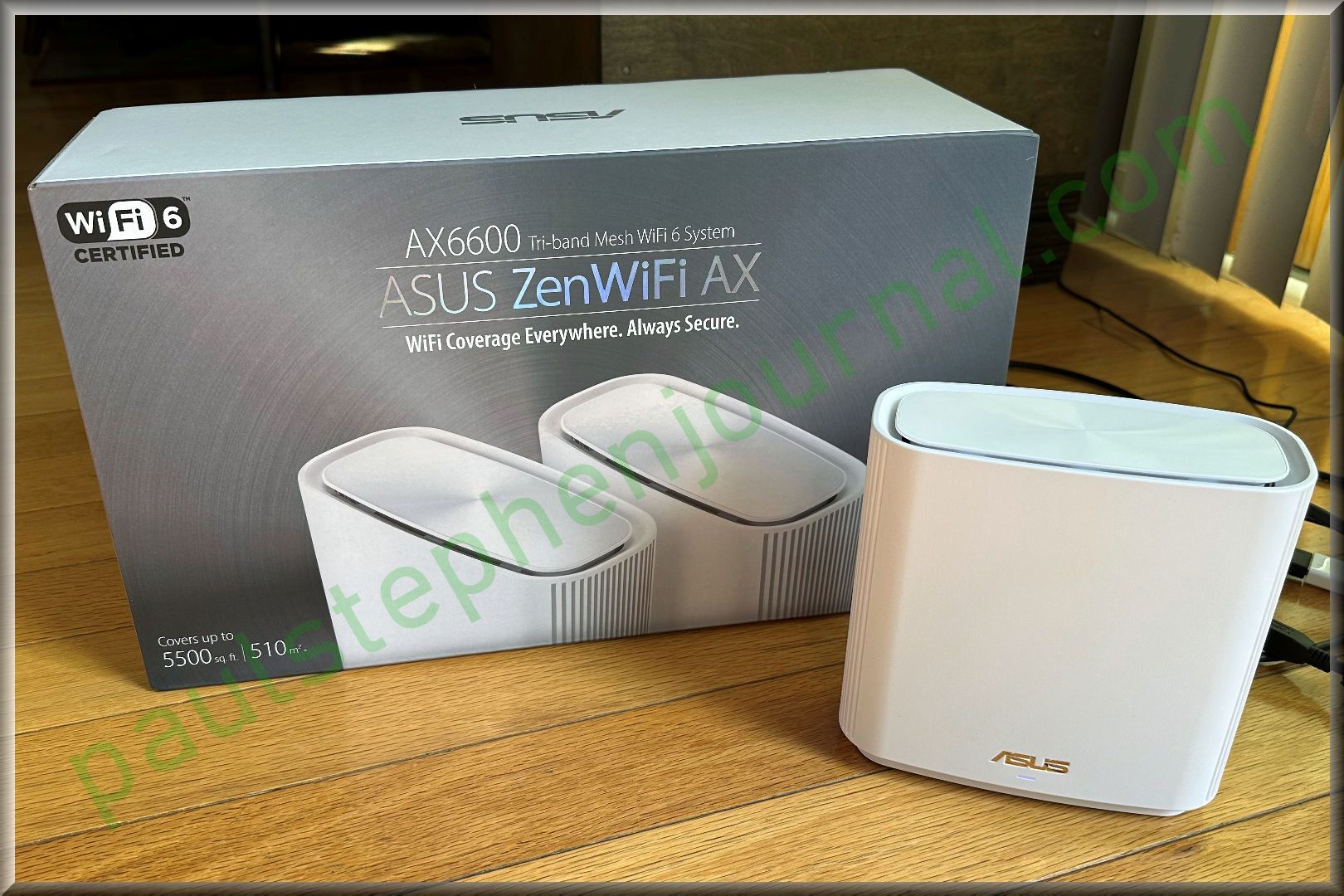April 8th, 2024, 12:51 p.m. local time
Over this past year I was ask why I was not planning to travel to a location in the path of the solar eclipse’s totality. I would answer that there was no guarantee I would have clear skies for the needed minutes and hours regardless of where I was. And plus, this eclipse was going to have more solar coverage than the one I observed seven years ago from the very same spot.
Unlike 2017’s, the weather this time was nearly perfect, with an ultra-clear blue sky. The only hinderance was a steady and brisk wind, which strangely diminished in the minutes leading up to the eclipse and did not resume. Coincidence?
Many have noted that the temperature got noticeably cooler in the minutes leading up to the eclipse’s peak, wherever you were. I felt this too, and the warmth did return in the minutes thereafter.
My equipment this time was very similar to 2017’s, but with an upgraded tripod and a new smartphone. I had a Galaxy S7 Edge back then, and today I have an iPhone 14 Pro. The tripod is worth mentioning as it is an entry-tier for professional video. I decided it was time to get a “real” tripod for my camera, and with the new telescope, I no longer needed the 127mm telescope’s basic tripod. With this new tripod, I am replacing both my old $30 plastic tripod and the original Orion tripod.

I did not now if mounting my small telescope (with this part) would even work, but I was incredibly surprised. I have never used a tripod of such high quality; it made nudging the telescope so easy and, dare I say, fun. It felt like all the up-down and left-right movements were done sliding on gels.
In the picture above of my telescope setup, you see a blue box near the bottom of the tripod and a wire connected to my iPhone. With about 20 minutes left for the eclipse, a situation developed that I have never encountered before: my phone’s battery went dead. I was not even thinking about the possibility, but I had been running NightCap continuously for over two hours, and that drained the battery fully shortly before 3 p.m. local time. Fortunately I thought of my Halo battery charger sitting in my Ford Escape. I ran into my garaged, fetched the Halo, went back into my house to get the charging cable, ran back outside, and was somehow able to hook up the phone to charger and lost only a few minutes. This could have ended in disaster and I would have missed photographing the Moon’s final movements sliding off of the Sun.
I took photographs with my iPhone every 10 minutes throughout the eclipse period. The images are black except for the Sun, and this is due to the solar filter blocking upwards of 99.9999% of all light, the same filter from 2017. It was horribly easy with the new tripod. The toughest part was the consistent 9-minute or so wait between the intervals.
I decided to create a short animation of all of the 10-minute captures from beginning to end. What I did first though was align all of the frames using the few Sunspots as reference points.. You can see below there is one large double sunspot and a coujpe of smaller ones to your left. This was tedious and somewhat challenging. The Sun was of course titling as it was starting to fall in into the mid-afternoon West sky. I used transparency in Corel PaintShop Pro 2023 and a lot of patience to get every single frame matching as much as reasonably possible.
I then used Corel Visual Studio 2022 to make the animated gif. I had never done this before so it was a learning curve, but I got it done. Here is the final result:

I titled this article My Last Solar Eclipse. There will not be another solar eclipse in North America for 20 years, and it will be in the West. I doubt I will (1) be in a location to see that eclipse and (2) be alive. But if fate and chance prove me wrong on both counts, and my blog is still operational, I will reflect on what I wrote here today, and on all the time that will have past. At the least, I will get to write about who won the next 20 World Series. But if not, just remember to keep looking up.
Equipment Used:
- Images taken at 10-minute intervals
- 127mm Mak-Cass telescope
- Solar filter (front of telescope)
- 23mm eyepiece
- No eyepiece filter
- iPhone 14 Pro
- Smartphone telescope eyepiece adapter
- Stock iPhone camera app
- Animation in VisualStudio Ultimate 2022
- Touchups in PaintShop Pro and AfterShot Pro
Thank you for taking the time to read my article.







